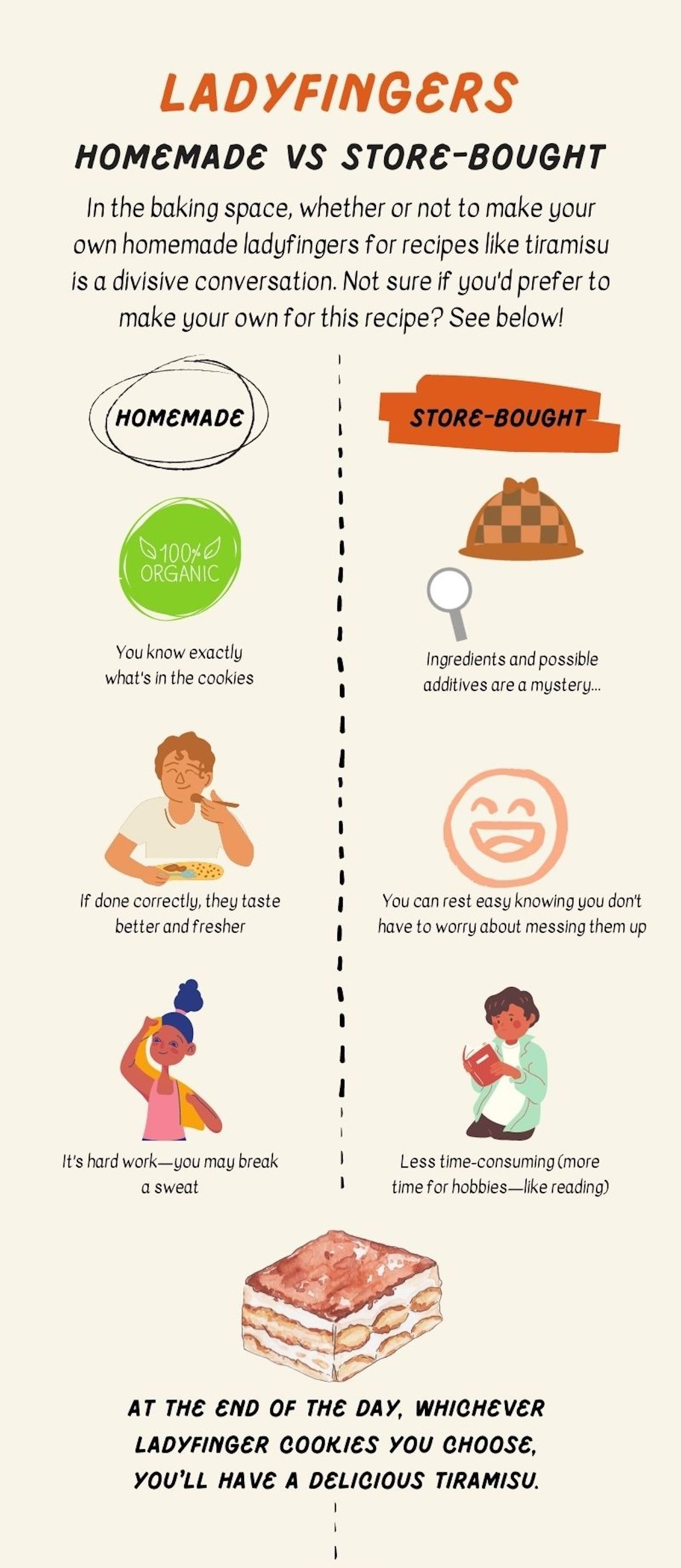Toxic relationships & tiramisu
When to let go and when to dig in…
First and foremost, I’d like to clarify that when I use the word “relationship” throughout this blog post, I'm referring to both platonic and romantic relationships unless otherwise specified. Anywho…
I’ve survived quite a few toxic relationships. I won’t go into detail, but I’ll admit that I was never blameless in the unhealthy or "toxic" situations I was put into and through. There were certainly times when I should’ve ended the relationship sooner, stopped entertaining their or my bad behavior, but didn’t (for a variety of reasons).
Why bring up such personal relationship history, you may ask? To put you at ease.
If you have had a toxic friend or partner—or if you’ve been the toxic friend or partner—know that I see you, and I’ve been there too.
Grab a big ‘ole slice of tiramisu, settle in, and let’s unpack our toxic relationships.
What is a toxic relationship?
A definition that resonated with me comes from an article by Time titled “How To Tell If You’re In A Toxic Relationship—And What To Do About It.”
Time quotes Dr. Lillian Glass and her 1995 book, “Toxic People,” in saying toxic relationships are “any relationship [between people who] don’t support each other, where there’s conflict and one seeks to undermine the other, where there’s competition, where there’s disrespect and a lack of cohesiveness.”
According to Time and Glass, toxic relationships are characterized by consistent unpleasant feelings towards one another, anxiety and are draining, emotionally and physically.
Still a bit confused on the difference between healthy relationships where people make mistakes and toxic relationships? Consider this scenario:
You’ve made a delicious tiramisu (wink wink) for a dinner party your friend is throwing tomorrow night. You’re super excited to present this tiramisu to your friends—but you show up and notice your friend has ALSO made a tiramisu. You’re frustrated, as you told the group chat you were bringing this.
In a healthy relationship, your friend’s misstep would be an honest mistake— they either forgot or missed your original message. In a toxic relationship, that friend would have seen your message and deliberately chosen to make their own tiramisu to “one-up” you, purposely upset you or to ensure they would be the center of attention at this dinner party.
Also, say you made your tiramisu with store-bought ladyfingers; your friend made hers with homemade ladyfingers, and she flexes this point to establish her tiramisu as superior, or better in some way. This was a clumsy way to tell you to check out my infographic about the benefits of using store-bought versus homemade ladyfingers in a tiramisu.
If you’re interested in the different manifestations of toxic friends, I highly recommend you read this New York Times article from 2002 titled “Some Friends Indeed Do More Harm Than Good.” Despite being almost 20 years old, the information remains relevant.
Side note, the Time article begins with a video about the scientifically proven best way to get over a breakup, and I think there’s something morbidly poetic about that.
To cut out or not to cut out?
Knowledge is power. The ability to identify toxic patterns in relationships empowers us to set boundaries and protect our mental and emotional health. Setting boundaries is uncomfortable when first beginning, and considering cutting off toxic relationships, especially with longtime friends and family members, can be an arresting thought.
The blog “Live Well With Sharon Martin” has an excellent article on how to distance oneself from toxic people and I highly recommend anyone who’s interested go and give it a read.
Basically, Martin recommends we try setting boundaries with these harmful people first, as they may not realize how their behavior is affecting us*. If they continue to disrespect your boundaries after you’ve voiced them, then a reassessment of that relationship or our boundaries is needed.
Martin says practicing loving detachment, limiting contact or going no-contact in these situations can be beneficial. Again, more specific information can be found on her blog!
This is a very nuanced topic, and one that we’ve all experienced in one form or another, so please reach out to me on social if you want to share your thoughts! At the risk of sounding preachy: be nice to your friends and be nice to yourself.
If you’re still reading, thank you! Enjoy your healthy relationships and your bomb tiramisu.
*Disclaimer: this advice does not apply to situations of ab*se or any situations where you are physically in danger around said person.
Easy Tiramisu
Total time: 20 minutes
Servings: 9 (big boy) slices
Author: Cecelia Kersten
Ingredients:
¾ cup hot water
1 tbsp instant coffee
1.5 cups whipping cream
1 tsp vanilla extract
⅓ cup granulated sugar
8 oz low-fat greek yogurt or mascarpone cheese
1 package Savoiardi brand Ladyfingers
Cocoa powder, for dusting
Instructions:
In a large bowl, beat whipping cream.
To whipped cream, slowly add vanilla and sugar until you reach stiff peaks.
Add low-fat greek yogurt or mascarpone cheese to the whipped cream mixture and mix until just combined. Set aside.
Dissolve hot water and coffee in a bowl.
Dip—don’t soak—ladyfingers in the coffee.
Place dipped ladyfingers in a single, complete layer in an 8x8 or 9x9 baking pan.
Smooth half the whipped cream mixture on top of the ladyfingers.
Repeat steps 6-7 once more.
Dust cocoa powder over the top.
Place the tiramisu in the fridge to chill for at least 3 hours, preferably overnight.







